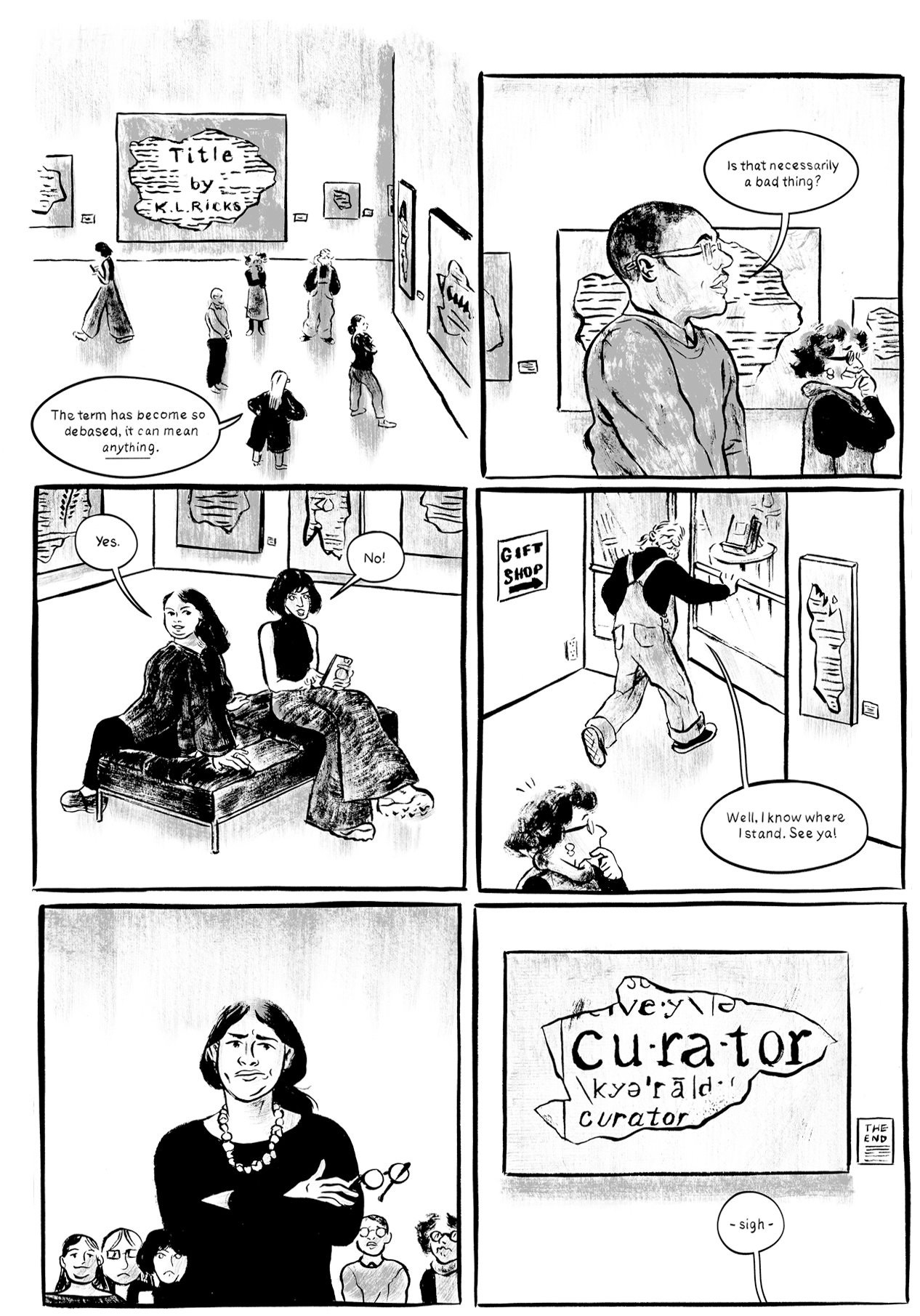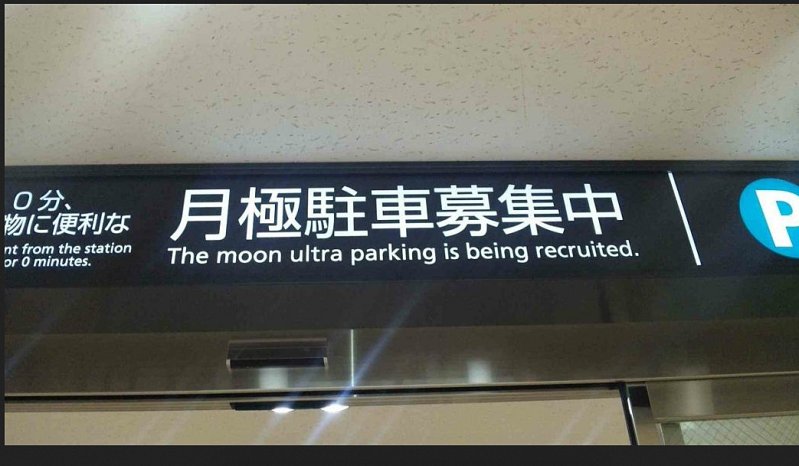Memorizing a thesaurus
Sounds like fun, doesn't it?
People actually did it in ancient India, and they still do it today.
Here are some passages from the Wikipedia article about the Amarakosha, the most celebrated and most often memorized Indian thesaurus.
Introduction
The Amarakosha (Devanagari: अमरकोशः, IAST: Amarakośa) is the popular name for Namalinganushasanam (Devanagari: नामलिङ्गानुशासनम्, IAST: Nāmaliṅgānuśāsanam) a thesaurus in Sanskrit written by the ancient Indian scholar Amarasimha. It may be the oldest extant kosha. The author himself mentions 18 prior works, but they have all been lost. There have been more than 40 commentaries on the Amarakosha.
Read the rest of this entry »


